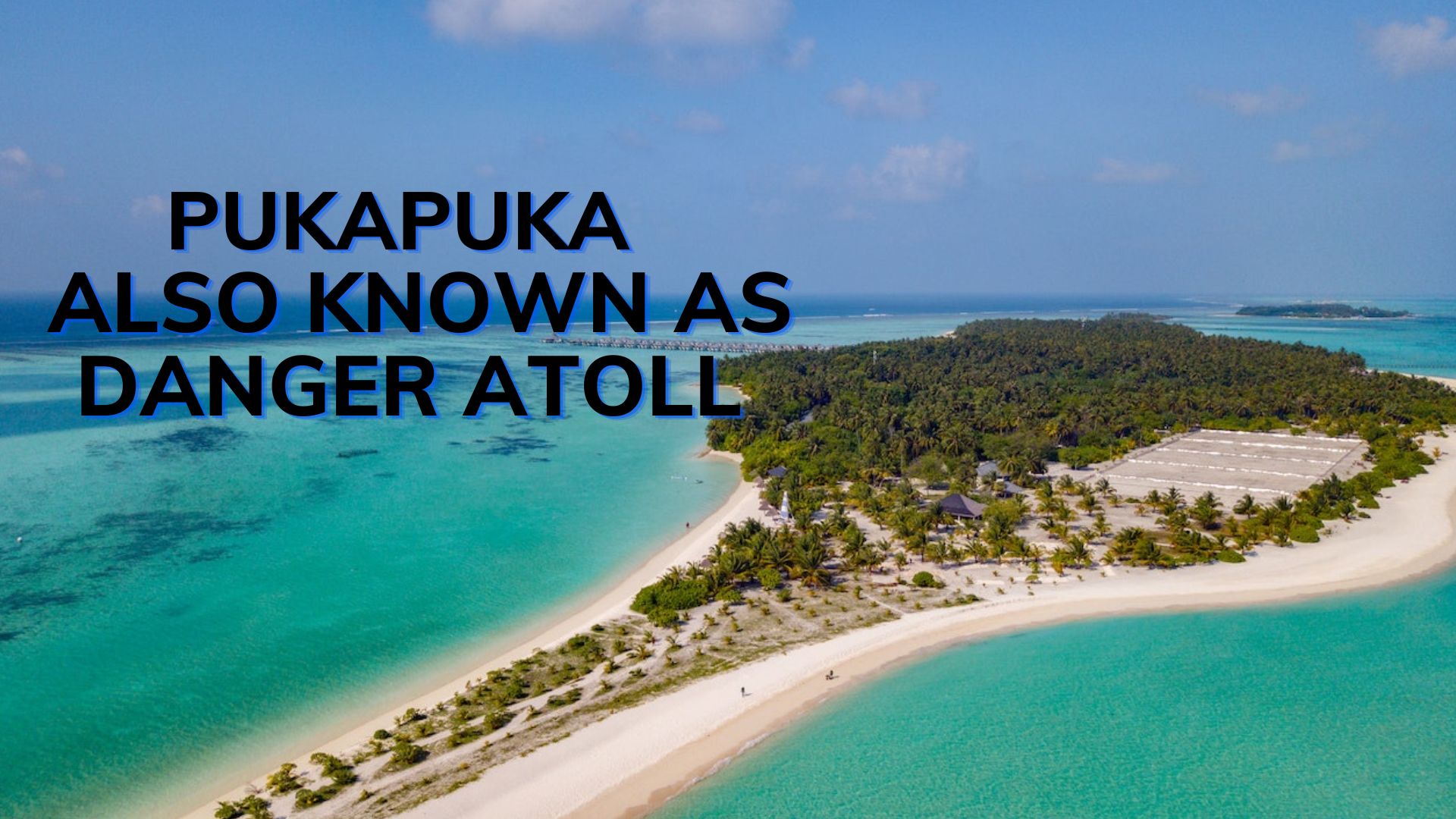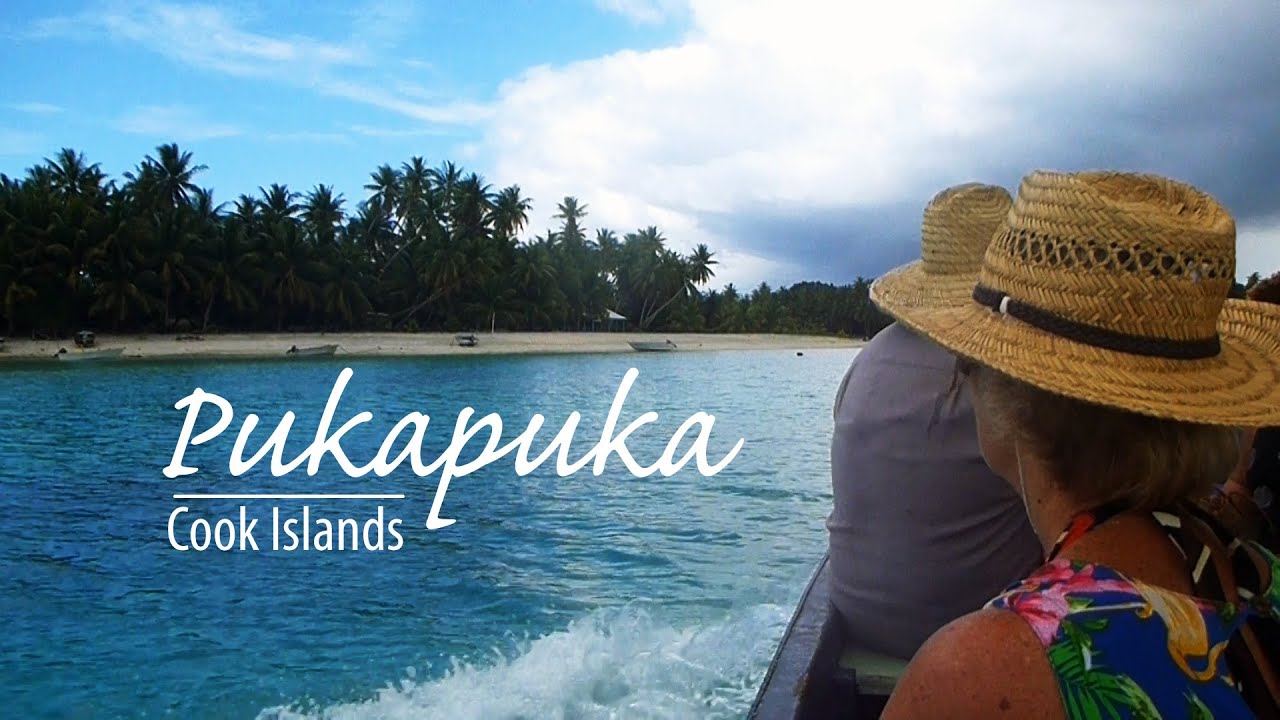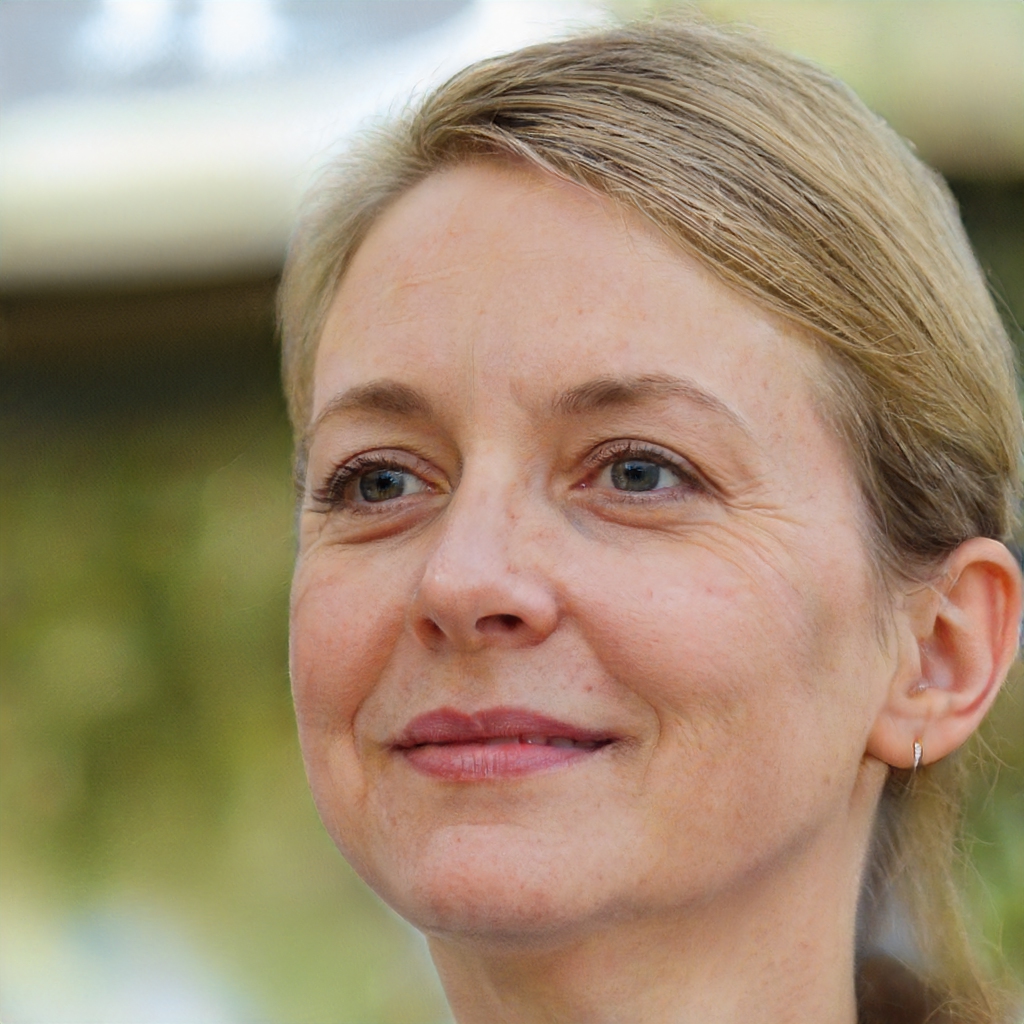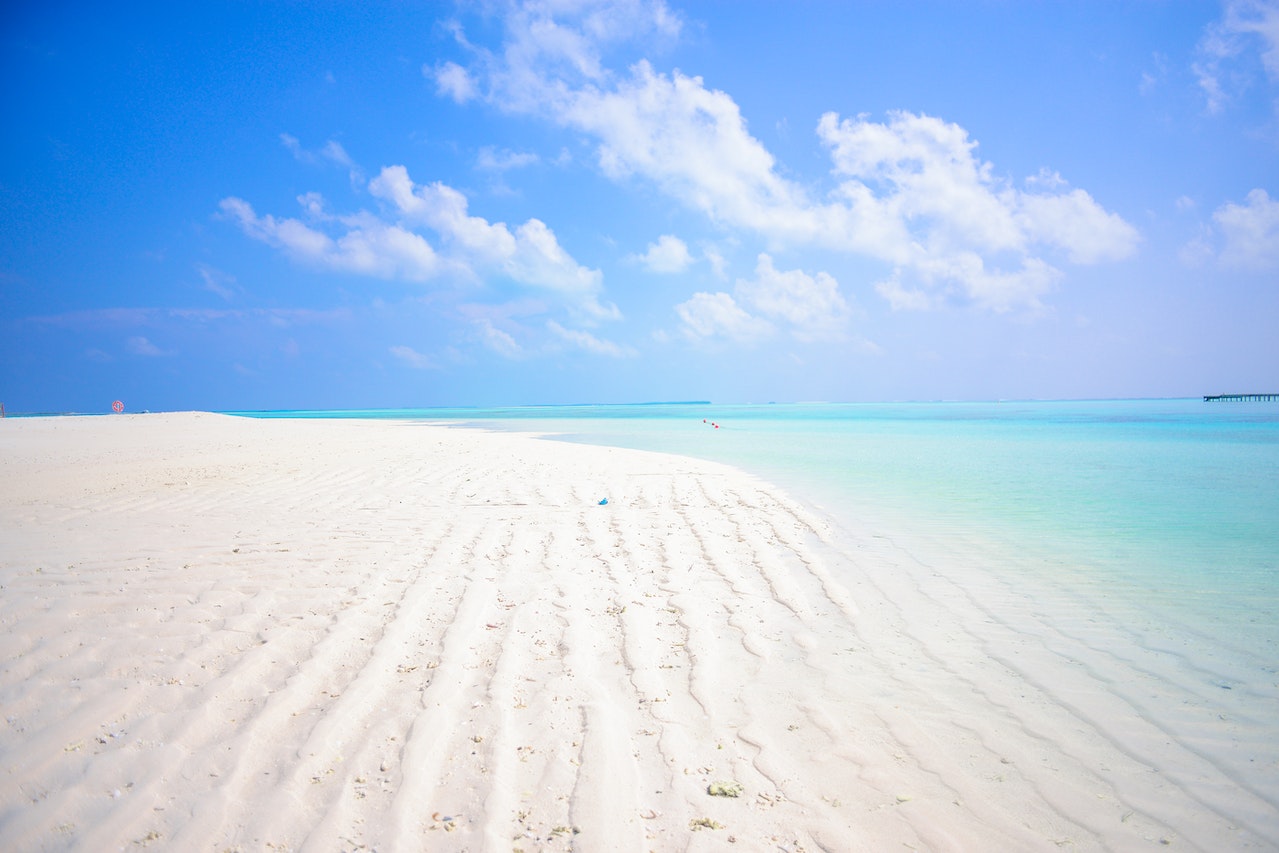Pukapuka - Also Known As Danger Atoll
The Cook Islands' Pukapuka atoll and Nassau, its little neighbor island, are the most western. The two remote islands are farther from Rarotonga, which is 1,300 kilometers away, than they are from Samoa, which is to the southwest, and Tokelau, which is to the northwest, at 165 degrees east.
Author:Jane RestureSep 29, 202222K Shares712.8K Views

The Cook Islands' Pukapukaatoll and Nassau, its little neighbor island, are the most western. The two remote islands are farther from Rarotonga, which is 1,300 kilometers away, than they are from Samoa, which is to the southwest, and Tokelau, which is to the northwest, at 165 degrees east.
Because Pukapuka was found by western mariners some 700 years ago, its culture is far more closely connected to that of Samoa and Tokelauthan it is to the language and traditions of eastern Polynesia.
Danger Island was the long-time name for Pukapuka, and it still appears in certain atlases today. Commodore Byron, an Englishman, gave it its name in 1765.
The Lagoon Of Pukapuka
Along Motu Ko's southern littoral is where the coral airstrip is located. The islands form a triangle, and the lagoon of Pukapuka is in the middle of that triangle. It has a lot of seafood, like clams, bonito, and parrot fish, for the people who live there.
Unexpectedly on an atoll, Wale's interior has a sizable taro-growing region. Here, the soil was made by cramming plants into a hole in the motu coral. Over time, the plants broke down, and the soil became good enough for the staple root crop to grow.
Pukapuka Culture
Unlike the other Cook Islands, Pukapuka has a unique language and set of traditions. According to legend, all people in the country are descended from seventeen men, two women, and an undetermined number of children who survived a devastating storm and tsunami in the 17th century.
In 2001, 664 people were living on the island, but since 2005, there are now fewer than 500 people. Robert Dean Frisbie, an American author, moved to Pukapuka in 1924, married a native lady there, and brought up his family there.
For his adventures in Pukapuka and the adjacent islands, he authored many novels. At the time, he said he was looking for a place where not even a small echo of the loud noise of the developed world could reach.
The 10 Best Activities In Pukapuka
- Take a walk along the reef between Wale and Motu Ko.
- Relax on Wale’s Sandbank.
- Experience a church service on an island.
- Visit Motu Kotawa, a bird island.
- Swim among the vibrant coral reefs.
- Travelto the Toka Sandbank.
- Visit Pukapuka's Niua School, the neighborhood school.
- Try some of the South Pacific's tastiest taro.
- Learn about "Ra'ui," which enables sustainable island existence.
- Visit Nassau Island.

Pukapuka - The Cook Islands' most isolated island
What Language Does Pukapuka Speak?
Pukapuka's native tongue is "Pukapukan," also known as "Te Leo Wale" and translated to "the language of home." Pukapukan is supposed to have origins in Kiribati, Tokelau, Tuvalu, the Solomon Islands, and perhaps the Takuu Atoll in Papua New Guinea, but this is still up for contention. Cook Islands Maori can only understand a very small portion of Pukapukan.
People Also Ask
What Is The Population Of Pukapuka?
In Pukapuka, there are about 475 residents.
What Is Pukapuka Famous For?
In the Cook Islands, Pukapuka is renowned for having a robust traditional conservation system.
How Do You Express Your Gratitude To Pukapuka?
Te Taka and Te Puka Muna
Conclusion
This is a beautiful place to visit with family! you can visit this island within a limited budget! It was originally seen in 1595 by the Spanish adventurer Lvaro de Mendaa. He gave it the name Isle of Danger since it was too risky to land there due to the heavy surf and sharp rocks.
Peruvian slavers invaded in 1863 and abducted around 145 individuals. Great Britain seized Pukapuka in 1892. Its elevation, which at one point reaches 100 feet (30 meters), is exceptionally high for an atoll. A hospital and a school are on the atoll.

Jane Resture
Author
Since she embarked on her first world trip in 2002, Jane Resture spent the past decades sharing her personal journey and travel tips with people around the world. She has traveled to over 80 countries and territories, where she experienced other cultures, wildlife she had only read about in books, new foods, new people, and new amazing experiences.
Jane believes that travel is for everyone and it helps us learn about ourselves and the world around us. Her goal is to help more people from more backgrounds experience the joy of exploration because she trusts that travel opens the door to the greatest, most unforgettable experiences life can offer and this builds a kinder, more inclusive, more open-minded world.
Latest Articles
Popular Articles
